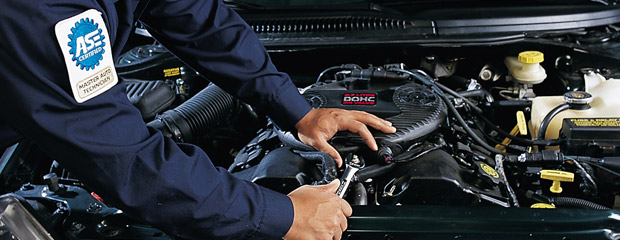The coronavirus pandemic has thrown off a lot of our lives. From businesses having to halt their day-to-day operations to families and communities coming together to help those who are most at risk, this summer is certainly different from last year’s.
Millions are out of work, and for many of us, even though life is slowly returning to normal, funds are probably still pretty tight. Like utility bills, mortgage payments, and groceries, car expenses are one part of our lives that can’t be avoided. But there are a few things you can do to cut down your expenses so you don’t feel like you’re drowning in debt.
Here are five ways you can save some money on your car expenses.
Get techy
Whether you’re a baby boomer, a millennial, or a Gen Zer, the right apps can make your life a whole lot easier – and they can help you save a few bucks. Apps like GasBuddy and autoTRADER take a most of the work out of finding the best deals in your area. Gas Buddy is a great way to find the cheapest gas near you so you know whether you should gas up near home or closer to work.
If you’re in need of a new car (or truck, or RV, or boat, bike, snowmobile…), autoTRADER can show you the best prices for the best-quality picks that meet your needs. The app also lets you compare vehicles to narrow down your options.
Do It Yourself
We don’t suggest DIYing your oil change or paint touch-up, but consider foregoing your weekly car wash and doing it yourself. Summer is the best time to use the beautiful weather to your advantage and save some money.
For the most part, you should have all the materials you need: water, a few buckets, a sponge, and a microfiber cloth for drying. You may need to pick up some car wash soap if you don’t already have some, and you’re good to go.
Contact Your Insurance Company
There are myriad ways to save money when it comes to your insurance. If you haven’t already bundled your home or life insurance with your auto insurance, doing so can save you a good chunk of money.
If you’ve swapped your office for a corner of your kitchen table, you can even ask about lowering your payments due to less traveling. Less traveling means lower risk, so why should you keep paying the same for insurance when you’re quarantined at home?
If your insurance is as low as it will possibly get, give your insurer a call anyway and inquire about any COVID-19–related discounts. Many insurers want to help their customers during these trying times and are offering discounts on their insurance payments. Some companies are automatically discounting customer policies, so if you pay monthly, check your most recent bill for any changes.
Be Consistent
A small problem can worsen over time if you leave it for the sake of saving a little money. Rust spots, for example, will continue to grow if you don’t address them immediately. If you notice damage to your vehicle, you may brush it off until things are “back to normal” and your income is freely flowing again, but who knows when that will be.
Our advice would be to come in for a free estimate, or fill out our online estimate form, so you know how much the repair will cost you, and work toward saving up for it as soon as possible. It may be cheaper than you’d anticipated, or it may be more serious. In both cases, knowing and addressing the problem is more cost-effective than letting it grow.
Spend a Little More
Okay, we know you’re already strapped for cash, and spending more money is probably not what you want to do. But for the sake of saving money, you may ask your auto repair shop to find you aftermarket parts. In many cases, though, OEM (original equipment manufacturer) parts may be your best option in the long run.
Aftermarket parts are not made by the car manufacturer and are not exactly those used in your car – they’re only similar. OEM parts, on the other hand, are made by the vehicle manufacturer to look and function exactly like your car’s original parts. Plus, they’re warrantied.
Whether or not the pandemic ends sometime in the near future, it’s nice to save some money where you can. Given the stress that COVID-19 has caused for many of us, these savings can hopefully cover, at the very least, an afternoon family outing or a romantic dinner. And with any luck, this pandemic will be over soon and life will begin to go back to normal.
Let us know in the comments if you have any other money-saving secrets when it comes to your car!



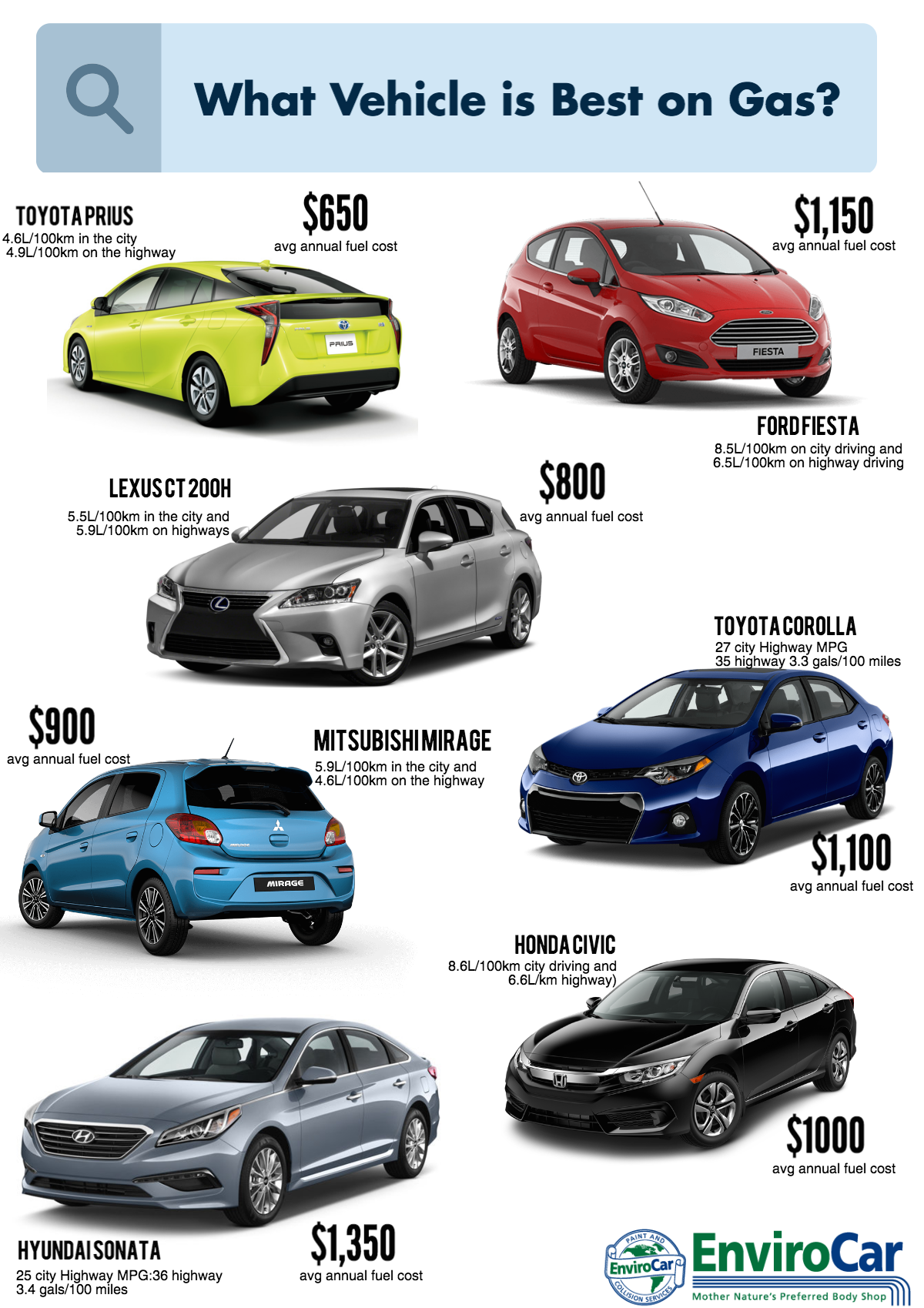




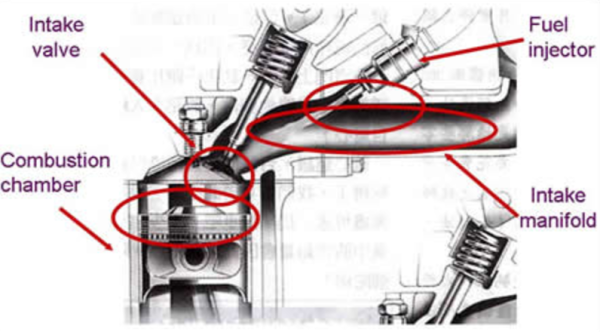




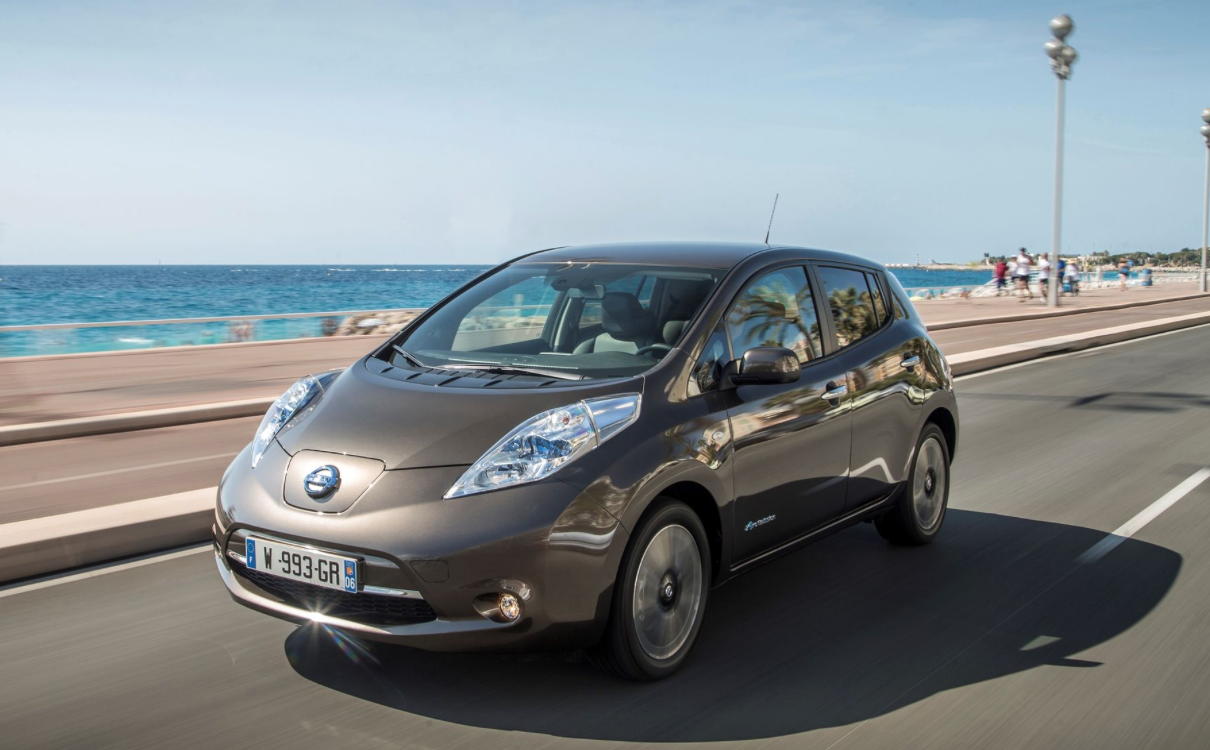
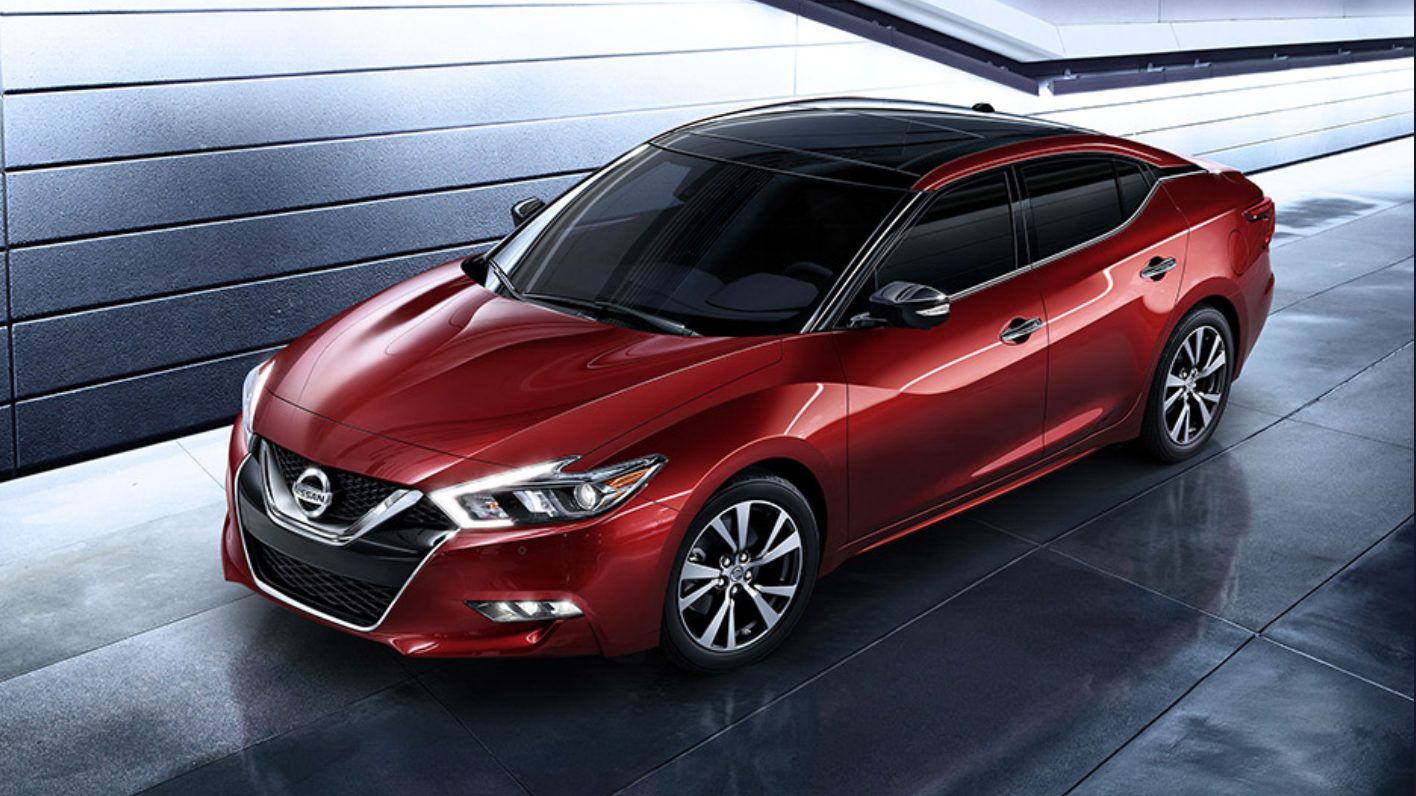
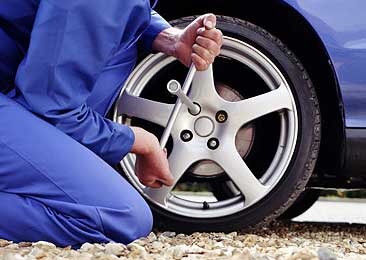 Change tires. It goes without saying that winter tires are for the winter and summer tires are for the summer, but often drivers put off changing their tires or just don't bother changing them at all. After all, if winter tires can handle driving on ice and snow all winter, they can surely handle driving in the summer. Unfortunately, this mentality will ultimately cost you more, as winter tires aren't meant to be driven in the extreme heat of summer. The humidity can melt the rubber and cause your snow tires to be damaged and unusable in the future.
Change tires. It goes without saying that winter tires are for the winter and summer tires are for the summer, but often drivers put off changing their tires or just don't bother changing them at all. After all, if winter tires can handle driving on ice and snow all winter, they can surely handle driving in the summer. Unfortunately, this mentality will ultimately cost you more, as winter tires aren't meant to be driven in the extreme heat of summer. The humidity can melt the rubber and cause your snow tires to be damaged and unusable in the future.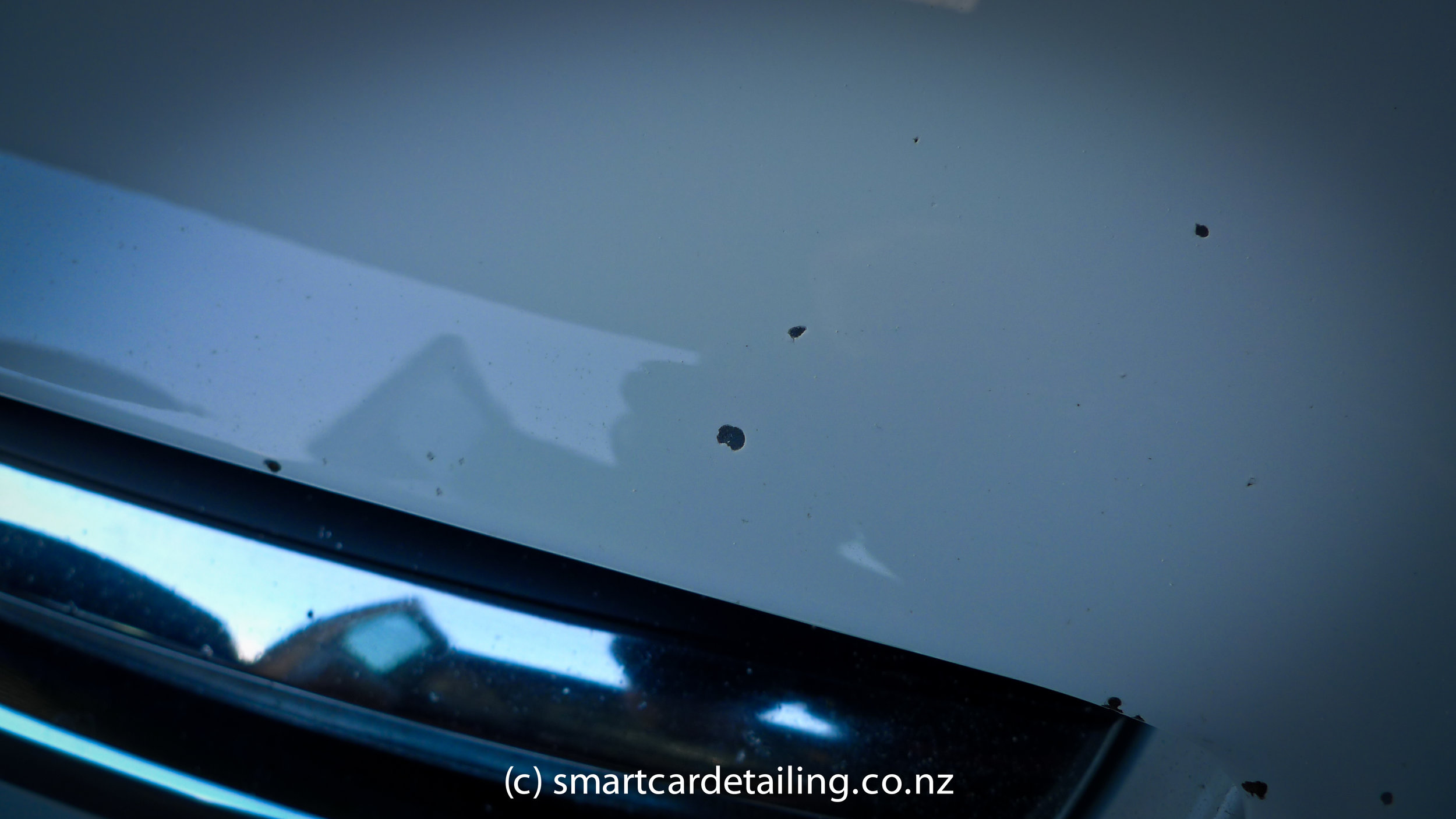 Wash & Wax your car to get rid of all the dirty snow and salt stains, making sure to get right inside the wheel walls. While you're washing, make sure to look carefully for any stone chips that need to be touched up. You may not want to spend the money to fix up any marks on your car, but ignoring stone chips can lead to rusting, which will become much more expensive to repair in the future. It's important to deal with chips as soon as you notice them.
Wash & Wax your car to get rid of all the dirty snow and salt stains, making sure to get right inside the wheel walls. While you're washing, make sure to look carefully for any stone chips that need to be touched up. You may not want to spend the money to fix up any marks on your car, but ignoring stone chips can lead to rusting, which will become much more expensive to repair in the future. It's important to deal with chips as soon as you notice them.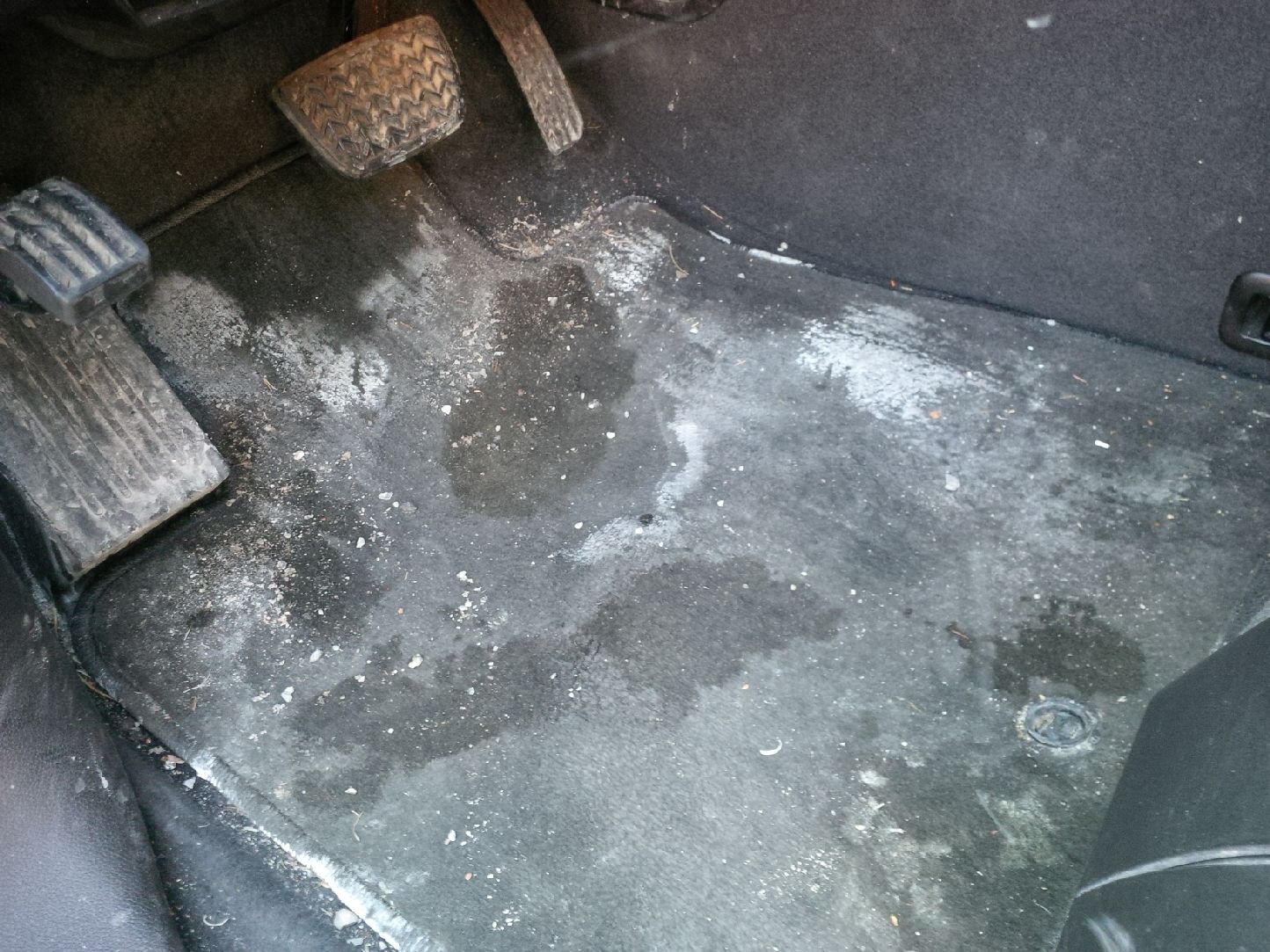 Clean Inside
Clean Inside